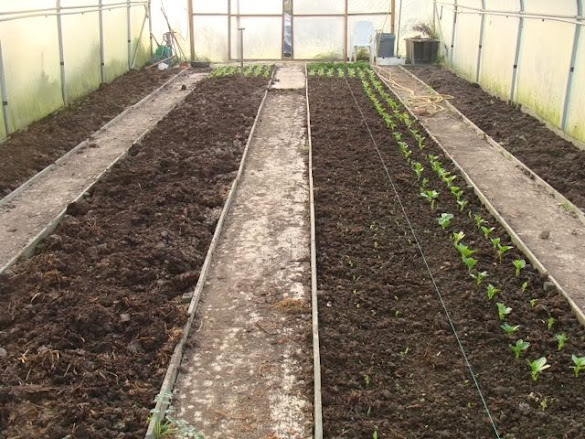 |
| A Christmas selfie |
It isn’t often that one’s vocabulary is challenged and broadened by a Christmas jumper. Often the only challenge such a gift can provide is how to remain convincing whilst affirming how much you like it (not the case this time as I actually do rather like this natty black and white cardigan - thanks Mum!) but concealed within this one is a small white label whose red text reads: “DUE TO THE NATURAL STRUCTURE OF THE KNIT A CERTAIN DEGREE OF PILLING WILL OCCUR”.
This left me a little nonplussed. Was it a typo, and they meant “PILING”? If so what was going to pile onto what? Would I be crushed? I suppose it would depend on exactly how heavy “A CERTAIN DEGREE OF PILING” would be. A little more accuracy wouldn’t have gone amiss. But if not a typo, then what does it mean to "PILL"? Surely it can’t refer to the consumption of the little medicinal capsules we are so prone to lobbing down our gullets at the slightest head-twinge or gut-gripe? It was hard to see how the structure of my jumper could affect the quantity of paracetamol I’m about to consume.
A quick internet search put me right. It means “BOBBLING”, a word that presumably didn’t carry enough gravitas with whoever it is whose job it is at the fine company of Bench to come up with the warning label messages. I am guessing that this is someone different from the person who was able to write “Music and laughter is the lifeblood of our consumers, and us too” in the ‘About Us’ section of the Bench website. I imagine that that person would choose the word BOBBLE over PILL.
Along with millions of others, I spent this Christmas with my family, up north. To be clear, my family did not have millions of people stay over. The millions all went to be with their respective families, in-laws and out-laws, and that’s just as well really as it would have been difficult to get everyone to agree which channel to watch. In fact we seemed to spend more time playing miniature table-tennis than watching TV, which in our minds at least helped to offset the heavy calorie intake and got the adrenalin pumping almost as much as a good bout of University Challenge.
 |
| Pilsdon's Christmas tree in the Common Room |
If it’s the season to be merry, it’s also the season to be thankful, and I am profoundly grateful to have both a loving family, and a warm and welcoming home in the shape of the Pilsdon community. There are many who have neither.
If you needed a reason for Pilsdon to exist, you need look no further than the two young guys who turned up here separately last Friday. Both had come to a crisis in their lives and both could easily have ended up on the streets during the horrific weather of the last few days, had they not been referred to Pilsdon by social services.
Initially they were offered a weekend which was then extended to the full Christmas week, and both of them are now applying to become residential guests as they realised how much a sojourn at Pilsdon, removed from the temptations of drugs or alcohol, could help them put their lives back together. It certainly puts my pilling worries into perspective.








